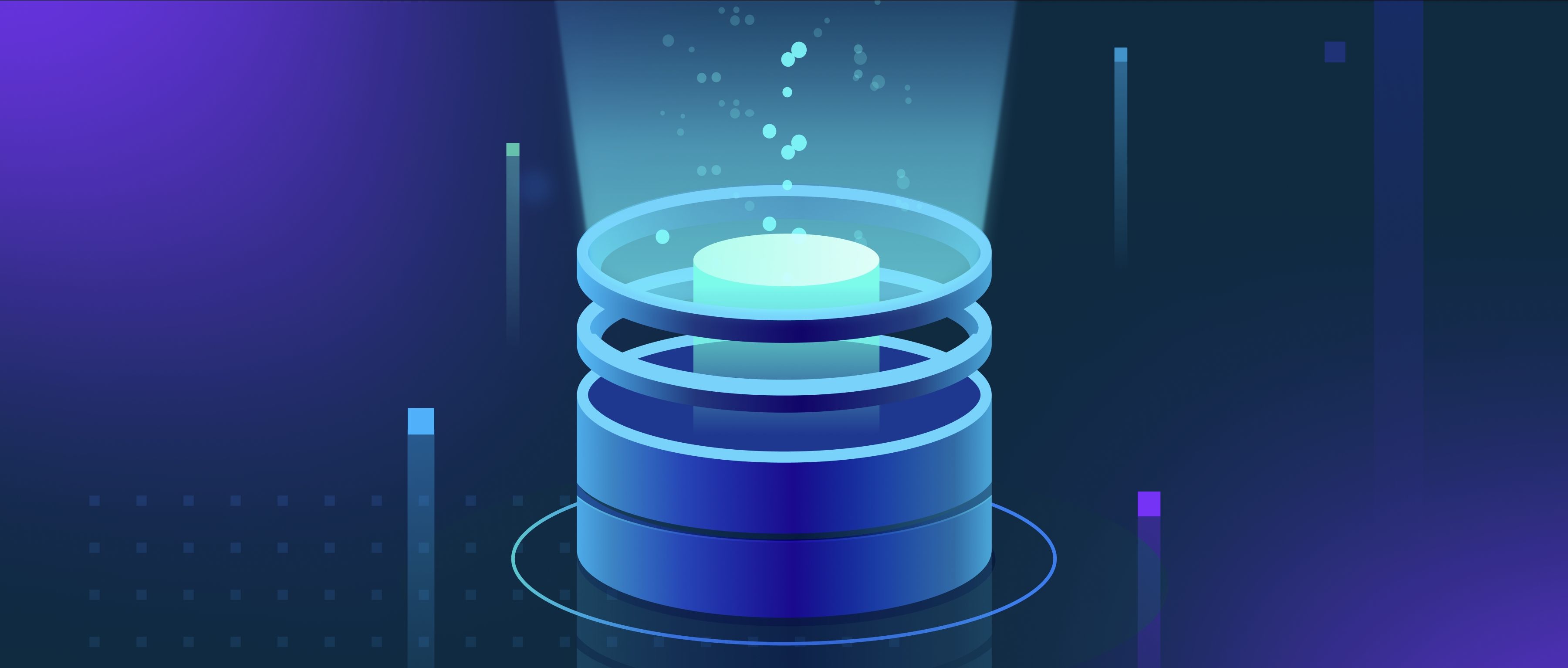Diffusion models process high-dimensional data, such as images, through a methodical approach that takes advantage of their ability to model complex distributions. Essentially, these models work by simulating a gradual process of adding noise to the data and then learning to reverse that process. Starting with a clear image, the model adds noise in small increments, effectively transforming it into a state of pure noise over several steps. This noise representation captures the diverse variations within the dataset. By training on this gradually corrupted version of the data, the model learns how to recover the original images from the noise, allowing it to generate new images based on learned patterns.
During the training phase, diffusion models rely on a large dataset of images. As they progressively add noise, they create multiple steps of distorted images that simulate various levels of quality and detail. This process helps the model grasp intricate patterns and features inherent in the images, such as edges, textures, and colors. Once trained, the model can generate new images by starting from a noise vector and iteratively applying the learned denoising steps. Each step refines the noise, gradually transforming it into a coherent image that reflects the structure and characteristics of the training set.
In practical terms, diffusion models have shown effectiveness in generating high-quality images, with applications ranging from image synthesis to inpainting and style transfer. They provide a natural way to represent the data space, making them versatile across various image-related tasks. For instance, in applications requiring the generation of diverse artistic styles, diffusion models can create images that closely resemble specific styles without needing manual adjustment. Overall, the ability of diffusion models to handle high-dimensional data like images stems from their systematic approach to learning noise patterns and reconstructing visual content.
